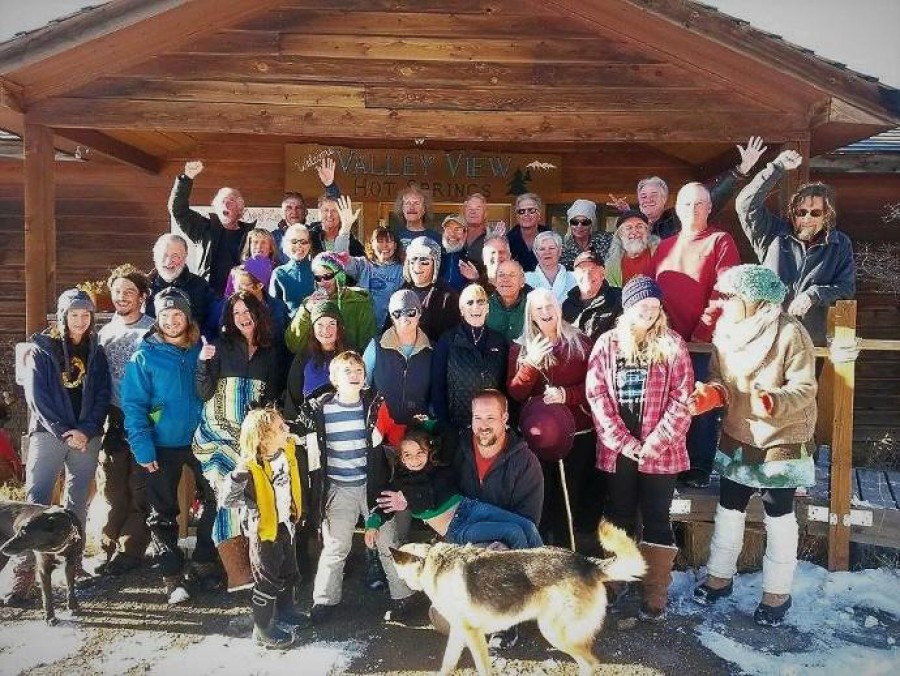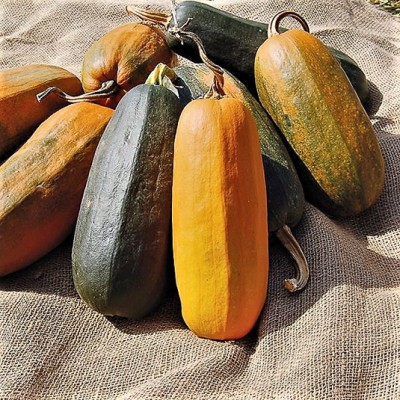The Story of the Long Pie Pumpkin
Also known as Nantucket Pie Pumpkin. Said to have migrated in 1832 from the Isle of St. George in the Azores to Nantucket on a whaling ship, whence it was picked up by various seedsmen and came north to Maine. Burpee offered it in 1888 as St. George. It was and remains highly esteemed as the best pumpkin for Yankee pumpkin pies. It was so widespread a couple of generations ago that many people who grew up on Maine farms never saw a round pumpkin.
Widely grown in Androscoggin County 60 years ago (an old-timer remembers them stacked up on porches like firewood), it was nearly forgotten and narrowly saved from extinction.
LeRoy Souther, a Livermore Falls, ME, native who had been maintaining it for more than 30 years, sometime in the late 1980's brought seeds to cucurbit aficionado John Navazio at his Common Ground Fair squash booth. Navazio took them with him to Garden City Seeds in Montana where he re-introduced them to commerce. 3–5 lb. fruits look like overgrown zucchinis to the uninitiated, but the telltale sign is an orange spot where the otherwise all-green elongated fruit rested on the ground. In storage, the whole fruit first blushes, then glows bright orange, signaling that its delicious flesh is ready to be turned into incomparable pies. One of the best for continued ripening after picking, Long Pie stored at 10C degrees keeps all winter.
What makes it a "Pie Pumpkin"? Pie pumpkins are smaller, sweeter, less grainy textured pumpkins than the jack-o-lantern types. The Long Pie pumpkin is a dark zucchini-green ripening to pumpkin orange. It is one of the very best for pies—if we had to choose only one pie pumpkin, this would probably be it. The fruits are almost a perfect cylinder, slightly rounded at top and bottom. Do not hesitate to pick this even if it is still dark green—the idea is that it will orange up in storage, letting you know when it is at its best for making a fantastic pie. Long Pie has virtually string-less, smooth and brilliant orange meat.
A big part of what we are doing at Everson Ranch is trying to find what works well. The garden was started as part of our soil restoration projects in 2016. One crop that has proven to grow really well are the pumpkins! Originally, our pumpkins were grown for stock feed and now are grown both for feed and pumpkin goodies. We have tried a few varieties and all have grown successfully! This past summer we were looking to grow a pumpkin that would be best for baking and storage. Last year we were able to process many of the pumpkins we grew to use during the winter months for baking. What a great way to enjoy the garden produce in the winter months! Although we were having good success with the baked goods, it was challenging because the pumpkins we were working with tended to have too much moisture in them to work for high altitude baking. Through a little research, Ranch Manager Mike, came across this super unique pumpkin that was said to be the best for baking you could grow. The long pie pumpkin turned out to be a hit! This variety of winter squash has the most sweet/savory depth of flavor and fine texture that truly makes for some extraordinary pies We decided to try them, not only for the great baking qualities it promised but also for the shorter growing season it requires which is great for folks like us who garden on the edge. The other great thing we are now discovering to be true is the storage ability it has and the long shape is great for stacking. The pumpkins were harvested green with just spots of orange in September and now in January they are completely orange and at the peak flavor development.
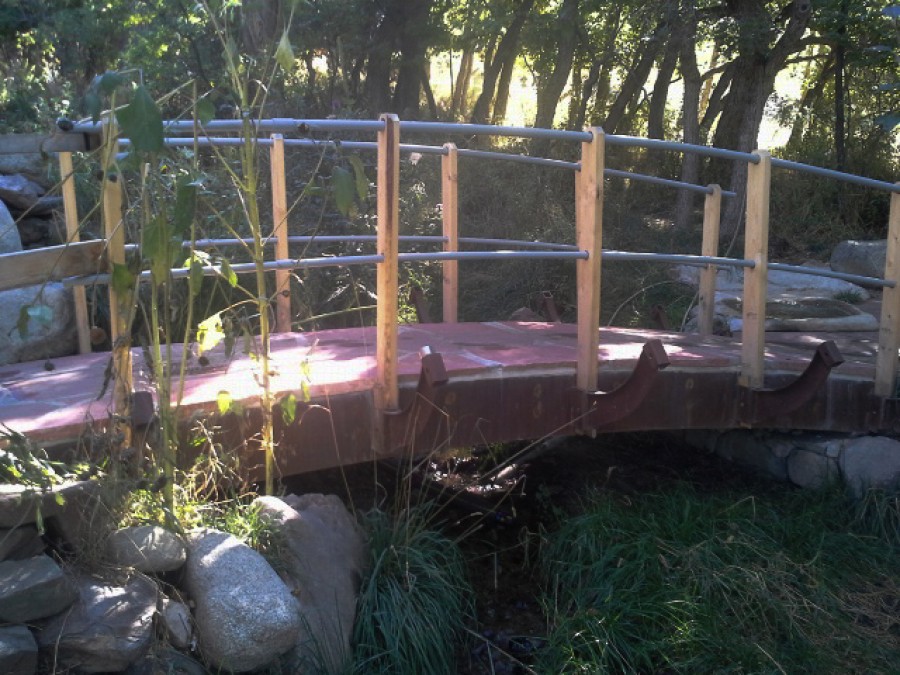
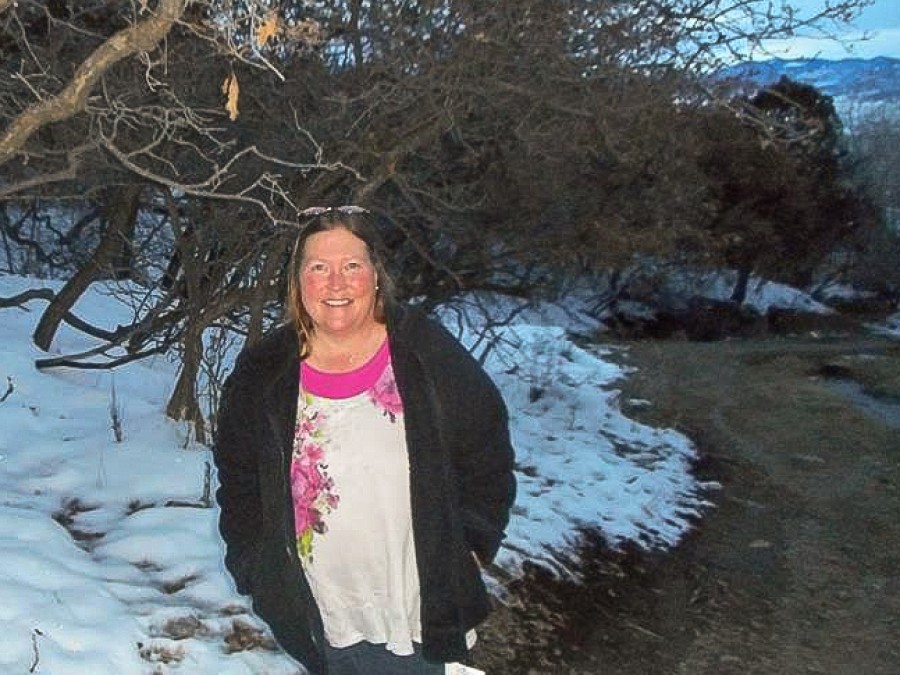
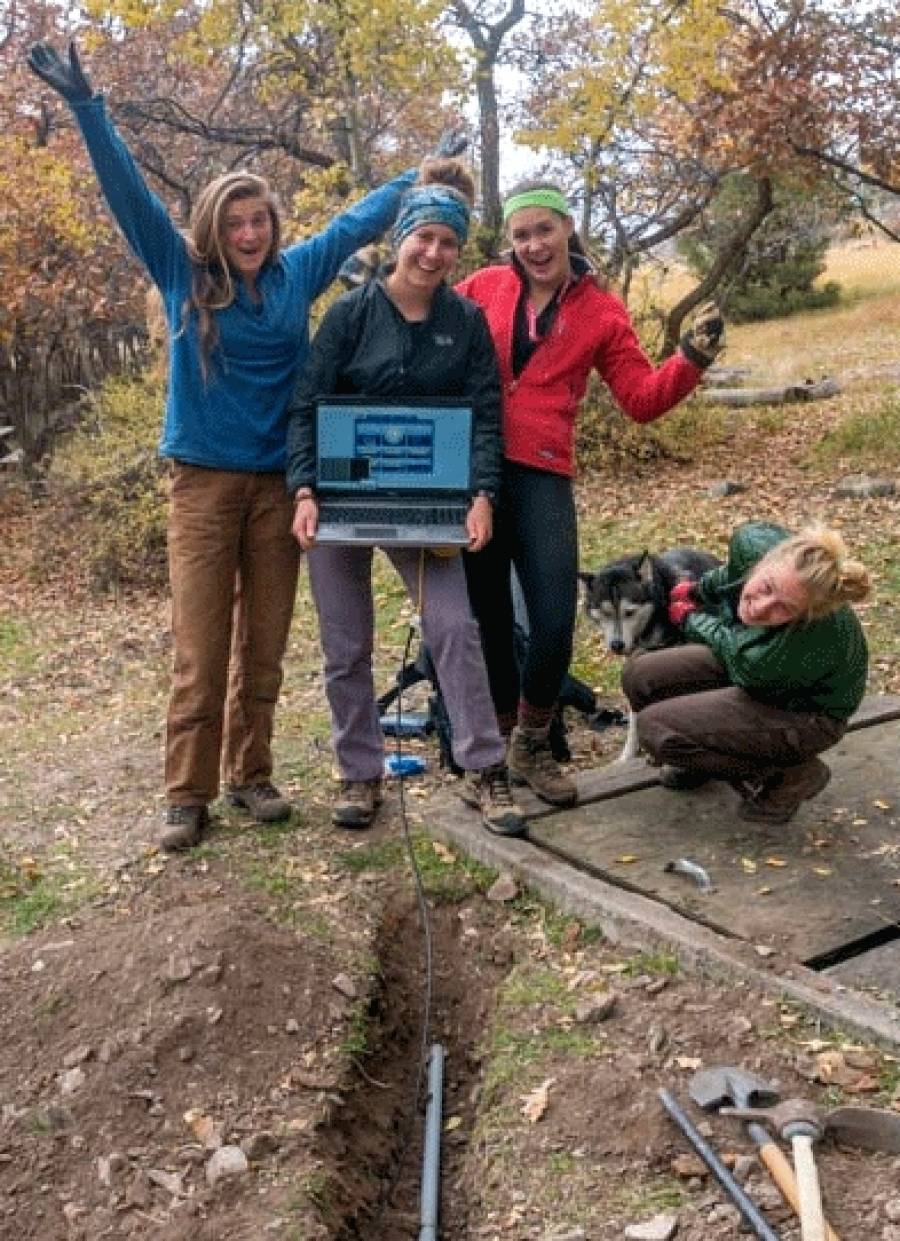

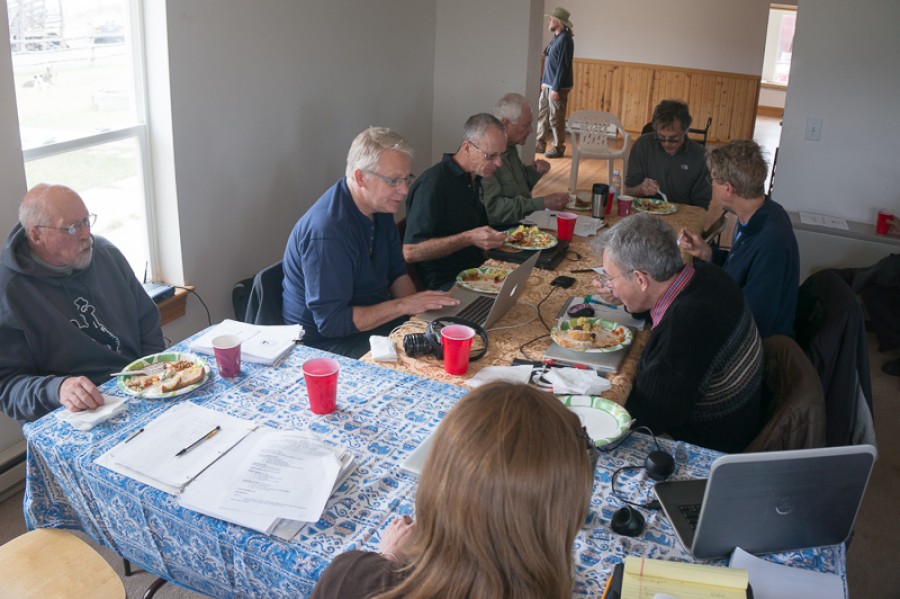
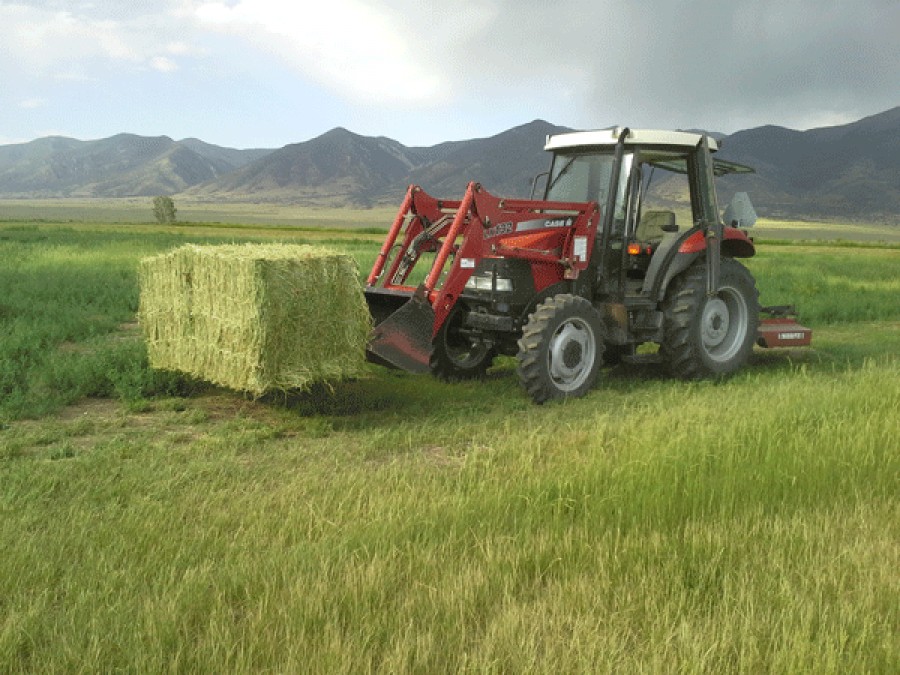
![New Telescope: See for Yourself [Video] New Telescope: See for Yourself [Video]](https://olt.org/media/k2/items/cache/bdc7d0f30e0c420b2ac279d6a1c096e4_XL.jpg)
